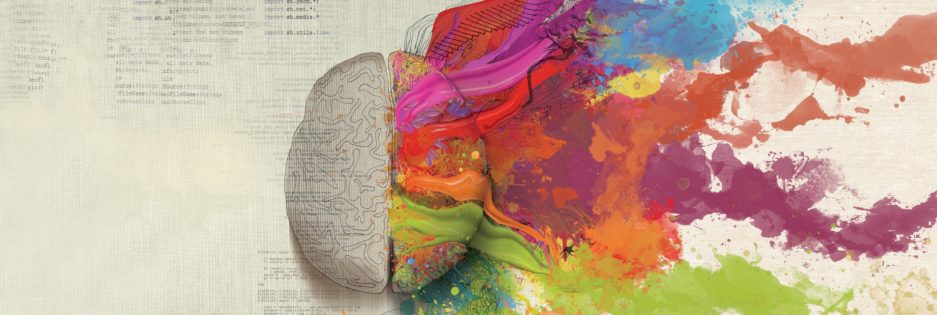In this column, I ask neuroscience professors from around the world the same five questions. Read on to learn more about their research, careers and goals for neuroscience in the future.

Interview with Michael Higley, MD/PhD
Associate Professor of Neuroscience; Member, Program in Cellular Neuroscience, Neurodegeneration and Repair (CNNR); Member, Kavli Institute for Neuroscience
Dr. Higley studied behavioral neuroscience at Cornell University. He then completed his MD and PhD in the MSTP Program and the laboratory of Dr. Diego Contreras at the University of Pennsylvania. He continued his scientific training as a postdoctoral fellow with Dr. Bernardo Sabatini at Harvard Medical School. In 2010, Dr. Higley joined the faculty of the Yale Department of Neuroscience and the Program in Cellular Neuroscience, Neurodegeneration, and Repair (CNNR).
1. What inspired you to pursue neuroscience as a career?
As a high school student, I spent time shadowing a pediatric psychiatrist and was amazed by the relationship between mental health and brain pharmacology. Later, I found that my interests in physics and chemistry were also relevant to neuroscience. Throughout college, and then medical and graduate school, I continued to be amazed at the biological mechanisms underlying our thoughts and perceptions and surprised by how much we can learn by studying model systems. In the end, I was simply so excited to keep learning and exploring brain function, that I knew this was the right career.
2. What do you think is the most important goal of neuroscience research?
I think the central goal of neuroscience is to obtain a multi-level, mechanistic understanding of human cognition and behavior. This means being able to relate the actions of molecules, synapses, cells, circuits, and entire nervous systems within a conceptual framework. Of course, new knowledge at any one level is critical to developing new disease treatments, expanding the success of artificial intelligence, and generally improving the human condition. But I think the integrated understanding of these distinct levels of analysis synergistically support our entire endeavor.
3. What are the main topics and goals of your research?
The goal of my lab is to understand the development, organization, and function of the mammalian neocortex. We are particularly focused on examining how single neurons and local circuits participate in the perception and storage of sensory information. By combining an array of electrophysiological and optical methods, we hope to generate insights into the cellular mechanisms underlying behavior and the pathophysiology of neuropsychiatric disorders.
4. What accomplishment do you think is the most important out of your own research?
I would emphasize two findings. We were among the first to demonstrate that synaptic inhibition could play a key role in shaping dendritic integration, both electrical and biochemical (Chiu et al., Science 2013). Secondly, we were the first to demonstrate that different populations of cells in layer 5 of the cortex could exhibit different roles in processing visual information necessary for behavior (Lur et al., Cell Reports 2016, Tang and Higley, Neuron 2020).
5. What do you hope to accomplish in the next 10 years in the field of neuroscience?
My biggest hope is to finally link our efforts to understand the small (single synapses) and the big (cortical circuits). By continuing to apply optical and electrophysiological approaches, we are beginning to examine these different levels of analysis simultaneously in the behaving animal.
Bonus question: What is your advice to a teenager who wants to learn more about neuroscience?
Read! As a teenager, books written for the general public can be an amazing resource. They don’t always provide the most cutting-edge, accurate details, but they can help you learn what excites you. More than anything else, keeping a sense of wonder and excitement is critical to a long career in science! Reading will let you figure out what topics do that for you.
